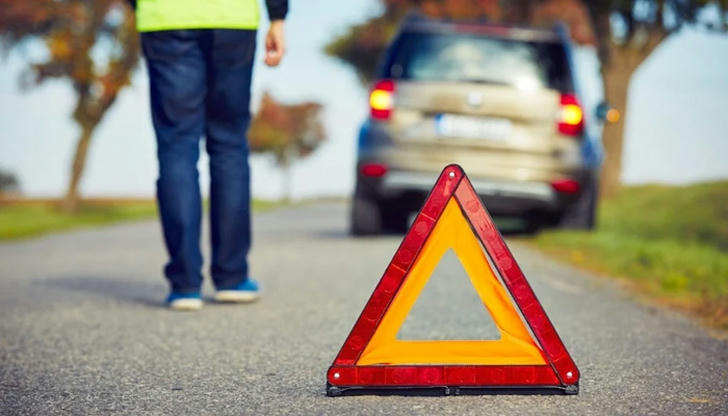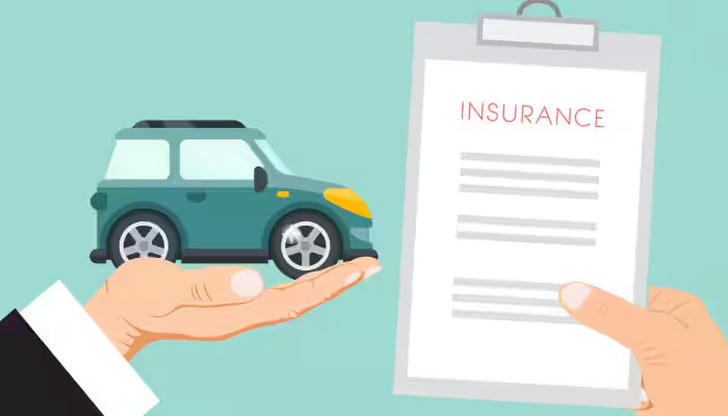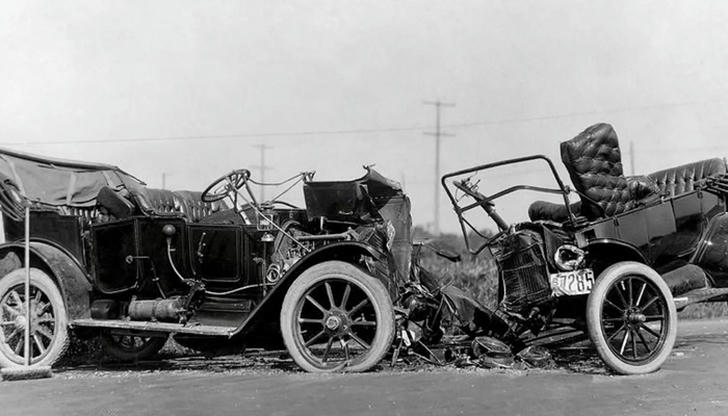Why Did Car Insurance Become Mandatory?

Car insurance is now a thing that most drivers take for granted, though in the past, it wasn't obligated. This basic yet strong financial safety net protects drivers and accident victims from unpredictable road mishap costs. But why is it obligatory?
With the automobile, as it began to take over the roadways of American society in the early 20th century, the dangers of driving became plain to everyone. Understanding why there is compulsory car insurance reveals the way that it would help to make the roads more orderly, accountable, and safe.
The Need for Protection on the Roads

The automobile age dawned in the late 19th and early 20th centuries. People were able to move around unobstructedly for the first time in history, thanks to a revolutionary invention. However, they introduced risks.
Accidents became pretty common, which brought economic as well as psychological tribulations with them. Drivers and pedestrians bore heavy medical costs as well as repair costs for vehicles and legal disputes over who was responsible. Victims at this point had no other means of recovering damages unless they pursued lawsuits, consuming much time and money.
When Was Car Insurance First Required by Law?

The first step towards mandatory car insurance in the United States was taken when Massachusetts led the way in 1927 by requiring its drivers to have liability insurance that compensates for damages caused to someone else in the event of an accident.
Interestingly, the UK actually implemented its variant of compulsory car insurance a bit ahead, in that in 1930, the Road Traffic Act compelled that there be motor insurance that covered any kind of injury or damage to third parties by drivers.
It was the same rationale driving those early laws: there was security for victims and reduced financial risks for drivers. More and more states and countries embraced these forms of laws until car insurance became part of the responsible ownership for cars.
Public Safety and Accountability
Public safety and accountability are the reasons for the mandate of car insurance. Driving is a risky activity; even the most cautious drivers can become involved in some accidents. Without a mandate, many drivers will fail to buy insurance, leaving little hope for accident victims for compensation.
Compulsory insurance makes every road user financially liable for a particular action. It also deters unbridled driving, since the drivers know they are legally required to accept the aftermath of their actions. In many jurisdictions, fines are highly substantial, and license suspension or jail time may occur upon being apprehended driving uninsured, hence making it necessary to insure.
Economic Stability and Risk Mitigation
Car insurance doesn't only safeguard the individual but also crucially contributes to the wider economy: Accidents are economically devastating, not only for personal reasons but also for business enterprises, healthcare systems, and governments.
Such accidents can result in a nightmare of a debt burden for the individual with hospital charges, vehicle bills, and lawyers' costs. For a community, uninsured motorists create pressure on public resources such as hospitals and police services.
This also extends to the insurance market itself, allowing the risk to be spread throughout a wide pool of insured drivers. Therefore, for most people, coverage is readily available and at an affordable price.
The Evolution of Car Insurance Policies

From car insurance policies that were more concerned with liability coverage, ensuring against the costs of damage or injury caused to others, they have evolved and become very comprehensive, offering several types of coverage tailored to individual drivers' needs.
Some examples include collision coverage to pay for repair of your vehicle that results from a collision-even though it's not your fault. Comprehensive coverage insures against other damages from causes beyond collision, such as theft, vandalism, or natural disasters. Other options include uninsured motorist coverage, where the at-fault driver has no insurance.
Very recently, innovations like telematics-based insurance have begun to sprout out. These policies will base their premium levels on data collected by devices installed in the vehicles. The insurance industry has also had to adapt by coming up with specialized policies for electric vehicles and other electric cars that have introduced unique risks.
Conclusion

With the increased use of cars, the risks and socio-economic challenges were to be tamed by ensuring the insurance of cars became compulsory. Essentially, car insurance lends that all-important safety net to accident victims; this is because it creates a sense of accountability among drivers, and it usually discourages economic instability on individual and community levels. This paper takes readers from the early days in Massachusetts to the evolutionary phase as observed in today's policies regarding car insurance.
Responsible driving has many laws to follow, but it is also about preparing for the unexpected. Make sure to insure yourself sufficiently so as not to put oneself and others under unnecessary moral obligations. Remember why you renew your policy next time: it was to make the roads safe and secure for all.
